Egyptian geese are usually the first birds of the year to breed in London, sometimes even in January. Last year saw them breed here for the first time, and possibly the same pair bred again this year, with seven goslings (below) being first seen on the 3rd.
Chris Farthing’s Woodberry bird highlights: March 2022
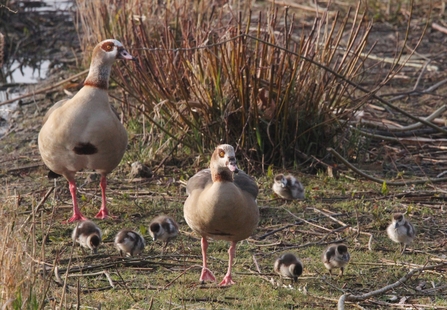
Egyptian geese and goslings
Photo credit: Chris Farthing
The rarest sight of the month was a male Goosander (below) seen on the 4th and 5th. This large sawbilled diving duck usually favours much deeper bodies of water, and they have only been seen here once every few years or so. Red-crested pochards were seen several times through the month, most often two drakes.
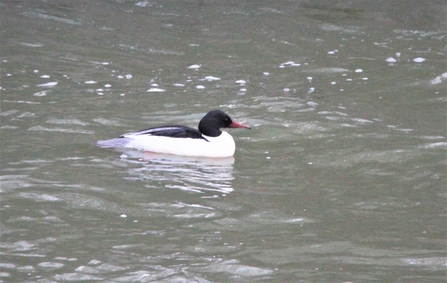
Goosander
Photo credit: Chris Farthing
After we had just one great crested grebe here for most of the winter, a second bird arrived in early March and they soon paired up. The elaborate courtship displays (below) which this species are known for became a daily occurrence.
Great crested grebe courtship display
Photo credit: Chris Farthing
We had one unusual gull in march, a yellow-legged gull seen on the 2nd. A few sightings of flyover jackdaws around mid-month were the first of the year for this species.
A warm afternoon in March is the best time of the year to see one of the larger raptors here. A red kite (below) was seen on the 22nd and a common buzzard on the 26th.
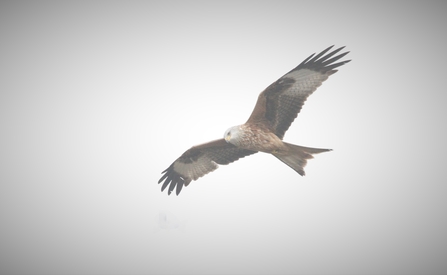
Red kite in flight
Photo credit: Chris Farthing
A pair of linnets were first seen on the 23rd and seen again most days after that, raising hopes that they may stay to breed. This species has only been recorded breeding here once before, in 2018.
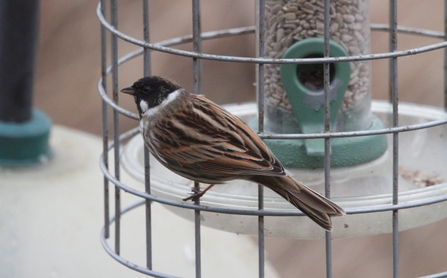
Reed bunting (male)
Photo credit: Chris Farthing
Reed buntings have been very active in March, with a pair often being seen around the bird feeder in front of the café. The male (above) tends to sit on the feeder whilst the female (below) mostly scavenges on the ground underneath.
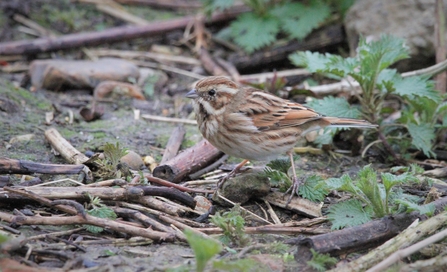
Reed bunting (female)
Photo credit: Chris Farthing
The total number of bird species seen here in March 2022 was 62, a few down on the average from the previous five Marches of 65.

